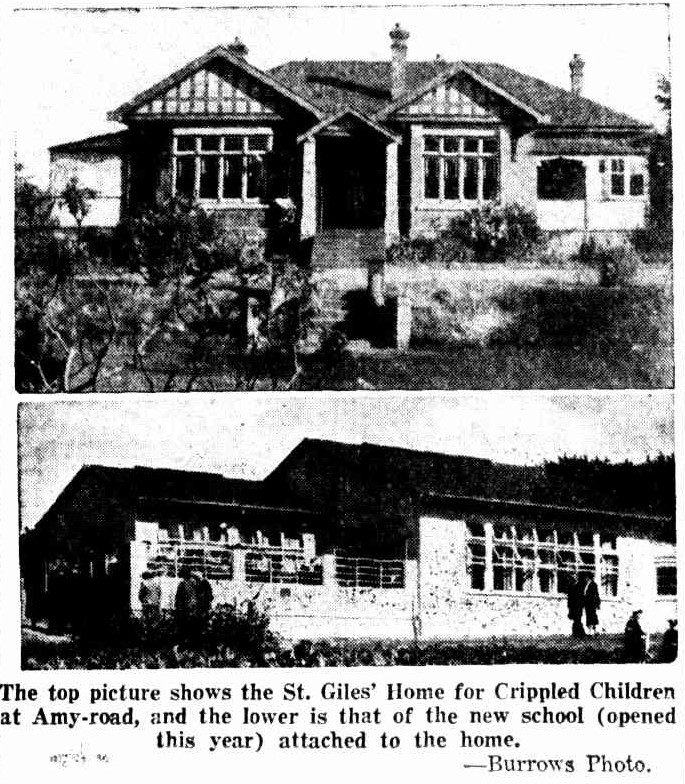
Please contact Legal Services, Department for Education, Children and Young People: Postal Address: GPO Box 169, Hobart, TAS 7000 Phone: (03) 6165 6187 Email: RTI.PIP@decyp.tas.gov.au Website: https://www.decyp.tas.gov.au/about-us/policies-legislation-data/legislation/personal-information/
As part of the UK Independent Inquiry into Child Sexual Abuse, which ran from 2015-2022, the Inquiry investigated child migration programs to Australia, Canada, New Zealand and Zimbabwe. Research and hearings took place in 2017, and the Investigation Report was published in March 2018. The Inquiry asked a series of questions about child migration schemes,…
Model legislation to harmonise adoption laws in all Australian jurisdictions was an initiative of the Australian Commonwealth in the 1960s. One pressing issue behind this move towards uniformity in adoption legislation in Australia was the lack of recognition of interstate adoption legislation. Jurisdictions all took different approaches to maternal consent and to processes such as…

These two photographs were published in an article in the Examiner newspaper on 14 July 1944 titled ‘Care of Crippled Children’. The caption published with the images reads ‘The top picture shows the St. Giles’ Home for Crippled Children at Amy-road, and the lower is that of the new school (opened this year) attached to…
Visit to Australia of Major-General Hawthorn, director and secretary of Fairbridge Society is a file held by the National Archives of Australia. It is part of the correspondence files of the Commonwealth Immigration Department. It contains information about the activities of the Fairbridge Society in Australia. Access Conditions Open access. Records The hard copy file…
Adoption is the legal process by which a person legally becomes a child of the adoptive parent(s) and legally ceases to be a child of his/her existing parent(s). The first adoption law to be passed in Australia was in the Colony of Western Australia in 1896, and other jurisdictions followed with their own legislation. However,…
Annexe is a term used to describe a smaller residential facility that is part of a larger institution. For example, the Victoria Park (Riverbank) Annexe was part of the youth detention facility, Riverbank, even though it was located many miles distant. Click here to see the full Find & Connect glossary
Custodial Care describes a model that was historically used on many people with intellectual disabilities or mental illness. In a custodial care model, a person was not given any treatment to help them improve from their condition at admission. Many children with intellectual disabilities in psychiatric hospitals up to the 1960s suffered as a result…
Receiving Agency was the name given to the organisation named as the custodian of children who were sent to Australia as migrants from the United Kingdom or Malta. The term is used mostly for post-World War Two migration, but includes some organisations that were responsible for children who came earlier in the century. Click here…
The Farm School was a model of residential ‘care’ for children, based in a rural area, which trained children (typically boys) in agricultural duties. A Western Australian newspaper article from 1935 described the purpose of farm schools: The policy has been to remove unemployed youth from the scrap heap of idleness, train them, and place…